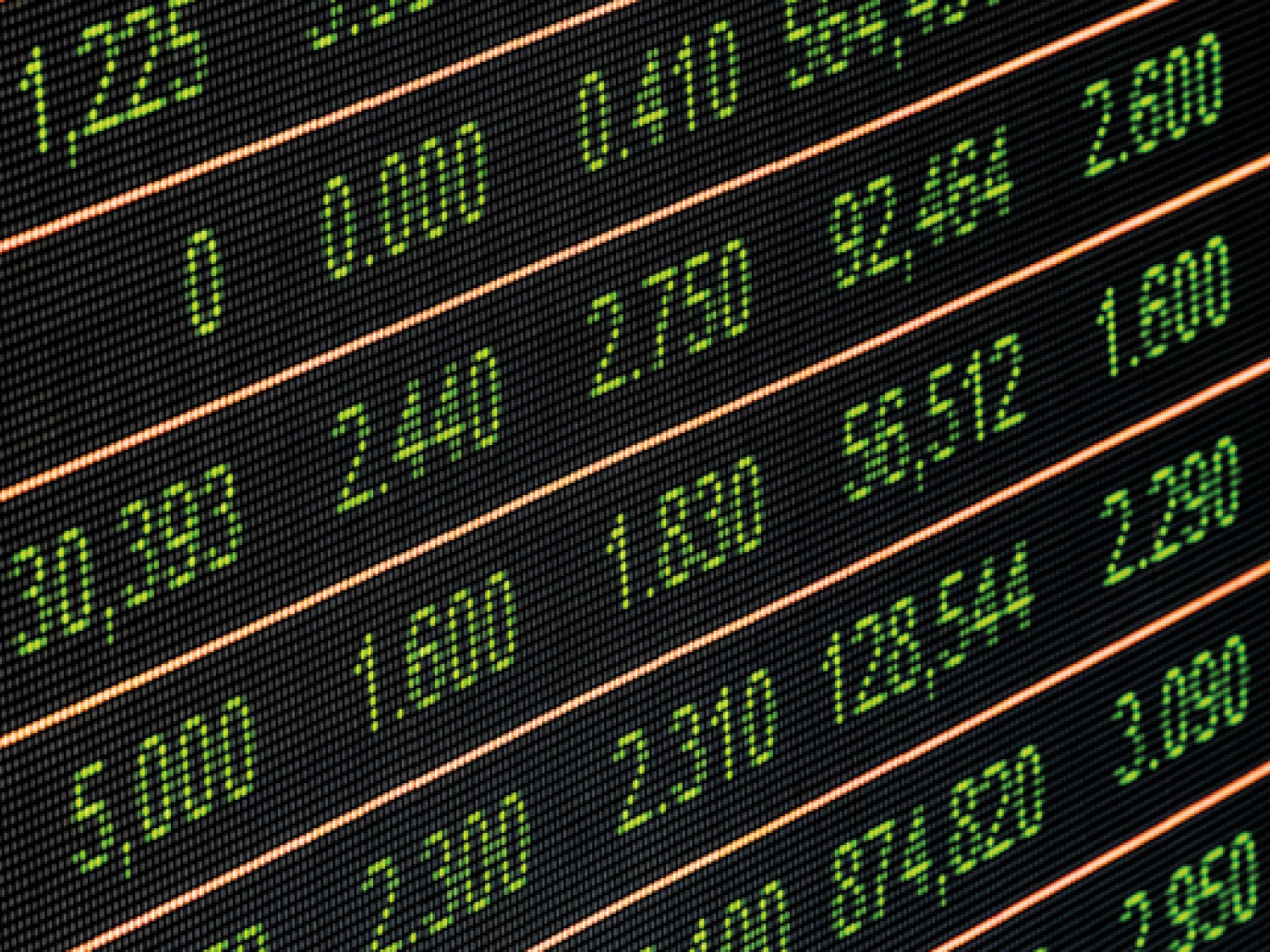To begin with, some clarity: what is a multilateral development bank (MDB)? MDBs are financial institutions founded by one or two countries with the goal of aiding economic development in poorer nations. Unlike traditional commercial banks, the primary aim of MDBs is not to maximise profits for investors, but rather to prioritise development objectives such as the reduction of extreme poverty and economic inequality. In fact, they often lend money at low or zero interest, or they subsidise infrastructure, education and environmental sustainability projects. Some of them distinguish between more economically fragile countries – to whom loans and subsidisation are offered – and more stable countries that contribute financing but do not receive any. Others, conversely, are the result of agreements between the governments of lower-income countries that unite to receive loans from MDBs with more favourable rates.
Among the best-known MDBs are the International Bank for Reconstruction and Development and the International Development Association, which both belong to the World Bank Group; the European Investment Bank and the European Bank for Reconstruction and Development; the Asian Development Bank and the Asian Infrastructure Investment Bank; the Inter-American Development Bank and the Central American Bank for Economic Integration; the African Development Bank; the Islamic Development Bank; and lastly the New Development Bank. Combined – though with a measure of variety between them – their assets total 1,725 billion dollars, and they are currently interested in investing in projects linked with the circular economy, although with certain caveats.
In particular, the European Investment Bank showed its interest by publishing a document in January 2019, called “The EIB Circular Economy Guide – Supporting the circular transition,” where it clarifies that – following the definition of the European circular economy package – it has begun and continues to support the transition towards this economic model, not just in Europe but also in other parts of the world. Whereas in the past it has financed several waste and by-product management and recovery projects – which it continues to do – the goal is to now increase the volume of loans for innovative circular economy projects that aim to systematically design the management of waste, extend the lifecycle of products and close the cycle of materials. The EIB believes that the circular economy is to be considered an advantageous economic model for investments because, in the conditions which we have now reached, it avoids so-called “linear risks” including: the use of scarce and non-renewable resources; the prioritisation of the sale of virgin raw materials; and the incapacity of companies to collaborate, innovate and become resilient. By contrast, the circular economy is seen by the EIB as an opportunity to reduce the risk of uncertainty and volatility in the price of raw materials, to contain production costs – with design for reuse, disassembly and recycling to facilitate product regeneration and reintroduction – or to avoid them altogether and create new revenue streams, and finally to find new business opportunities and open up to new markets.
Between 2013 and 2017, the European Investment Bank provided 2.1 billion euro in financing for circular economy projects, divided between: industry and services, with 33% of total financing; the water management sector with 26%; agriculture and bioeconomy with 16%; mobility with 5%; urban development with 2%; and energy with 1%. The instruments made available by the EIB include, in addition to more traditional mid- and long-term loans, other types of circular conversion projects with medium-high risk profiles. These can be hosted by the European Fund For Strategic Investments (EFSI), which consists of a 26 billion euro guarantee from the EU balance, supplemented by a 7.5-billion-euro endowment of EIB capital. Additionally, InnovFin – another EIB financing instrument – provides support and consultancy to aid project success, and other special financial instruments have been provided that have a higher potential for taking on risk. Indeed, the Bank is trying to account for new and unforeseen planning contingencies created by adaptation, technological innovation and the creation of business models; thus finding new useful instruments for the ongoing economic revolution.
While the EIB has developed a strategic plan, other multilateral development banks are still investing in sectors related to the circular economy – such as waste management, resource protection and energy efficiency – but without having drafted a document demonstrating a complete vision. The World Bank, for example, published a text called “Investing in resource efficiency” in January 2019, which followed the publication – in September 2018 – of the report “What a Waste 2.0: A Snapshot of Solid Waste Management to 2050.” However, the organisation does not seem to be aiming to unite the different investment trends into a single mission.
The case of the Asian Development Bank is similar. While it did support experimental circular economy projects in China (in the Qinghai Province as early as 2014), it does not count circular economy among its main investment areas, even though it does finance projects related to climate crisis, water, rural development, etc. Even the Islamic Development Bank, the Inter-American Development Bank and the New Development Bank (linked to the so-called BRICS countries), though they finance projects tied to the UN Global Development Goals, and therefore related to environmental sustainability, have no projects dedicated exclusively to the circular economy. Perhaps a bit surprisingly, on the other hand, the African Development Bank created a ten-year strategy (2013-2022) that aims to push African economies towards sustainable and inclusive growth. In this sense, it aids numerous countries in the creation of development strategies that incorporate circular economy and blue economy principles, as well as hosting a series of tailored de-risking financial instruments that pave the way for innovation across the continent.
What appears, then, is a financial scenario with ever increasing support for climate mitigation and adaptation projects which is also attentive to resources. There is, however – with a few notable exceptions – a lack of coherence and coordination, both of which are necessary to radically transform the global economy. Will the driving forces of Europe and Africa be sufficient to confront the critical environmental and climate crisis of the coming years?
The Eib Circular Economy Guide, https://www.eib.org/attachments/thematic/circular_economy_guide_en.pdf
Linear Risks, www.circle-economy.com/wp-content/uploads/2018/06/FINAL-linear-risk-20180613.pdf
What a Waste 2.0, https://openknowledge.worldbank.org/handle/10986/30317
Africa’s Blue Economy: a Policy Handbook, www.afdb.org/fileadmin/uploads/afdb/Documents/AEC/2016/ECA_African_blue_Economy_a_policy_hand_book.pdf



